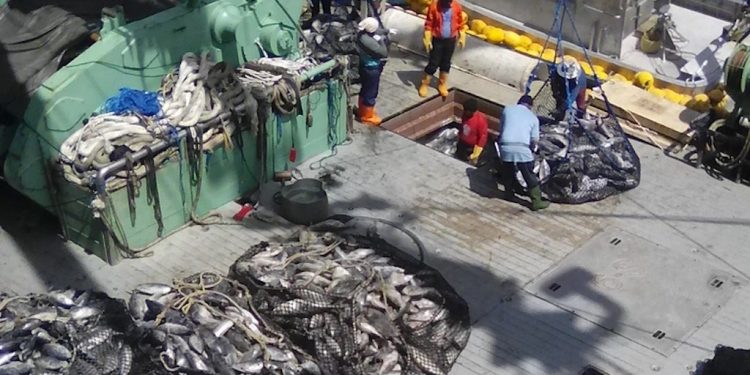With support from its fishing industry, Papua New Guinea is sharing its tuna vessel monitoring data on the Global Fishing Watch map.
The fishing industry is central to Papua New Guinea’s economy, food security and also to livelihoods. Papua New Guinea’s waters cover more than 3.9 million square kilometers, and are home to some of the most productive tuna fisheries in the world. The monitoring and sustainable management of fishing within this vast area is seen as essential if the country’s marine resources are to continue to provide for people in the future.

In 2022, Papua New Guinea’s National Fisheries Authority, supported by the Fishing Industry Association, made the decision to publish data from its vessel monitoring system on the Global Fishing Watch map. In June this year, it became the first country in the Pacific to do so. Since then, the movements of around 50 purse seine tuna fishing vessels have been publicly visible on the interactive map, bringing a new level of transparency to one of the biggest tuna fisheries in the region.
‘Our tuna fishery is one of the largest in the Western and Central Pacific Ocean and represents a key source of protein for more than nine million people in Papua New Guinea,’ commented Justin Ilakini, director of the PNG National Fisheries Authority.
‘Taking care of our tuna stocks is a priority, and with support from Global Fishing Watch’s monitoring technology, we can strengthen enforcement, contribute to regional collaboration to eliminate illegal fishing and also demonstrate our commitment to promoting food security and the blue economy.’
Papua New Guinea plans to bring more fishing vessels into its national waters and expand the membership of the Fishing Industry Association, aiming to share even more vessel tracking data with Global Fishing Watch in years to come.









